
How Swiss cities are beating the heat
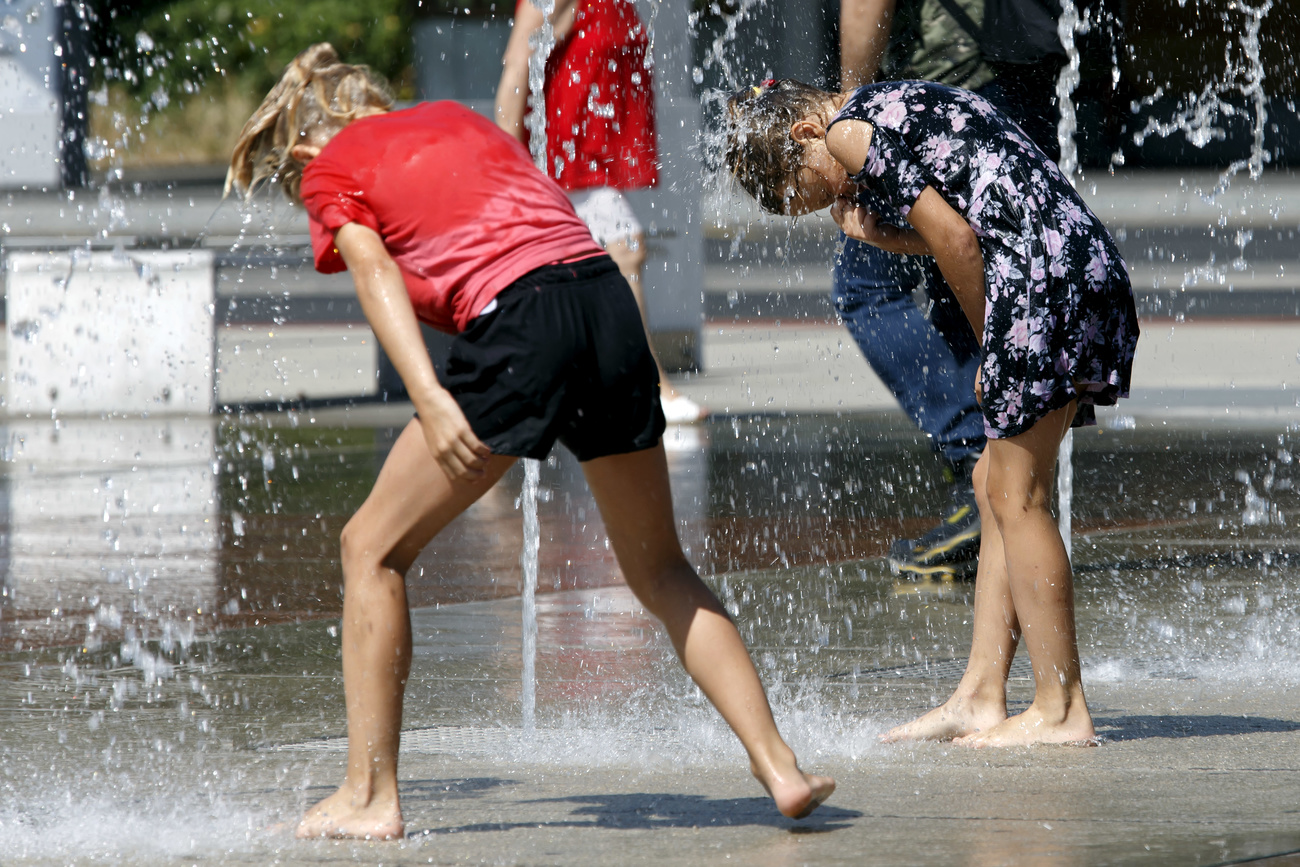
In summer, high temperatures can make city living a pain. Why is it so much hotter in urban areas than in the countryside, and what are Swiss cities doing to tackle these “heat islands”?
Globally, one out of every two people lives in a city. In densely populated Switzerland, the figure is 73%.
In summer, these urban centres can become furnaces, with temperatures several degrees higher than in the rural areas around them; in Zurich, Bern, and Geneva, the gap between the city and areas outside of it can be up to 7°C on a summer’s night.
The problem is known as the “urban heat island” effect, a phenomenon that has increased as the climate has warmed, especially in the densely populated towns and cities of Switzerland’s central plateau region.

More
Torrid time predicted for Switzerland by 2060
Why is it warmer in urban areas?
For one thing, the many concrete and asphalt surfaces absorb solar radiation and heat up the surrounding air. A lack of green spaces is also a factor, as is limited air circulation due to high-density development, and heat generated by vehicles, industry, air conditioning and heating systems.
Urban dwellers are the main victims of this, especially the elderly. But biodiversity and the circulation of rainwater – which can no longer penetrate the soil – are also affected.
More
How can urban temperatures be lowered?
By “painting” them blue and green, says Jean-Michel Fallot from the University of Lausanne’s institute of geography and sustainability.
“Planting vegetation and facilitating the presence of water are clearly the most effective measures” for cooling a city, he told the newspaper 24 Heures.
As well as providing shade, trees and green spaces boost the process of evapotranspiration, evaporation from lands and oceans that also helps cooling. Martine Rebetez, a climate researcher at the University of Lausanne, says merely planting vegetation on an asphalt area can lead to a temperature drop of 5 degrees Celsius.
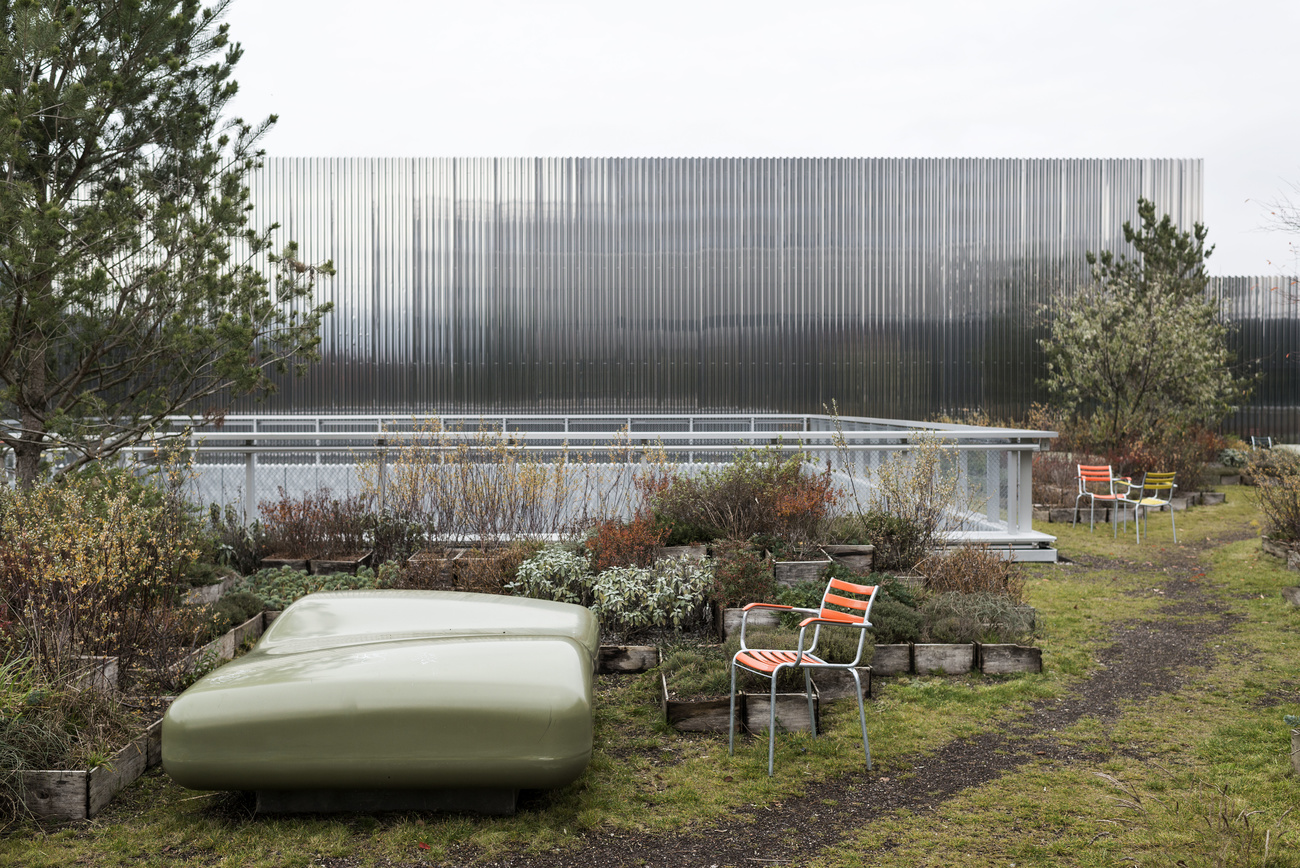
Specific building materials can also help: for example, clear or reflective materials enable buildings and road surfaces to reflect rather than absorb solar radiation and heat.
Finally, “corridors” can be kept clear to allow fresh air from surrounding hills, forests and countryside enter the city, although this option is particularly difficult due to the increasing density of urban areas.
What are Swiss cities doing to keep cool?
Sion, the capital of the southern canton of Valais, is the Swiss city most affected by warming. In 20 years, the average temperature has risen by a degree, while the annual number of days with temperatures above 25 degrees Celsius has risen from 56 in the period between 1960-1980 to 76 today.
As one of the first places in the country to react to the heat island problem, Sion has created various green spaces, and has also planted trees on an old car park.
Lucerne and Geneva also intend to plant more trees, especially species which are resistant to heat and drought. In Geneva, the goal is to increase the area of tree-covered ground from 21% to 30% by 2050.
Authorities in Geneva have also removed some 3,000 square metres of tarmac across dozens of sites, and are working to re-channel rivers above ground, mayoral spokesman Philippe D’Espine told the Keystone-SDA news agency.
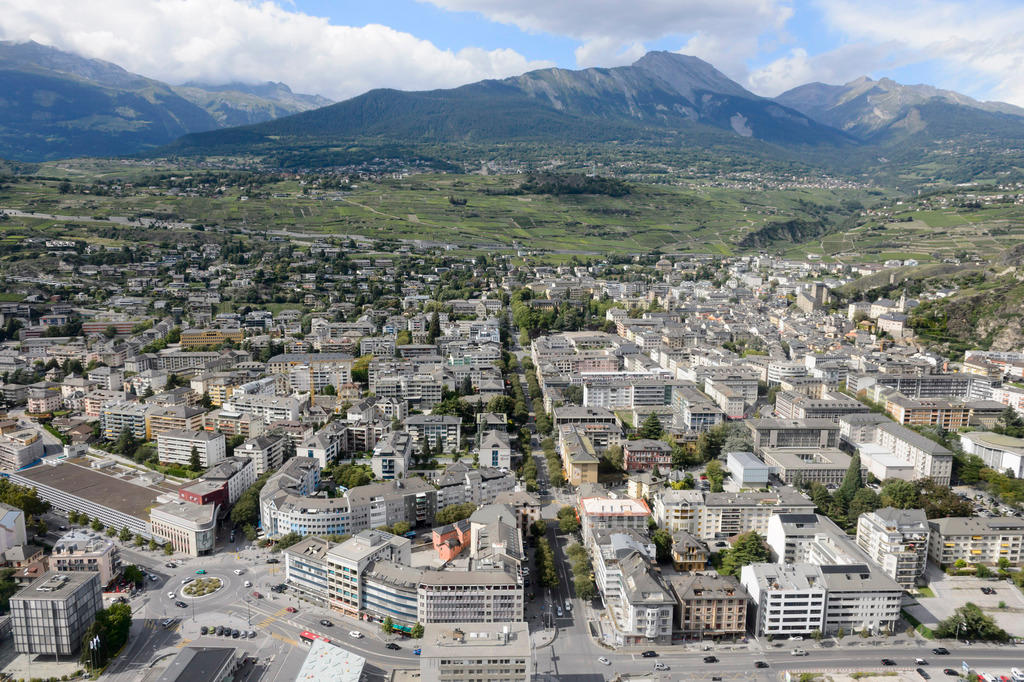
More
When a tree is worth more than air conditioning
In the Swiss capital Bern, a project is planned to test different types of road surfaces to see which of them heat up the least in summer. The projectExternal link also aims to shed light on practical aspects like how to build such roads, how to maintain them, and how much they would cost.
Zurich, the most populous city in Switzerland with more than one million people in the metropolitan area, has mapped out in detail the areas most affected by high temperatures, in order to be better prepared for future heatwaves.
Last May, municipal authorities in the city also presented a plan to reduce temperatures, involving more trees, green spaces, giant canvas sheets to provide shade, new fountains and building facades covered with vegetation.
When choosing the orientation and sites for new buildings, the city also wants to avoid construction that would hinder the air currents coming from surrounding hills and forests.
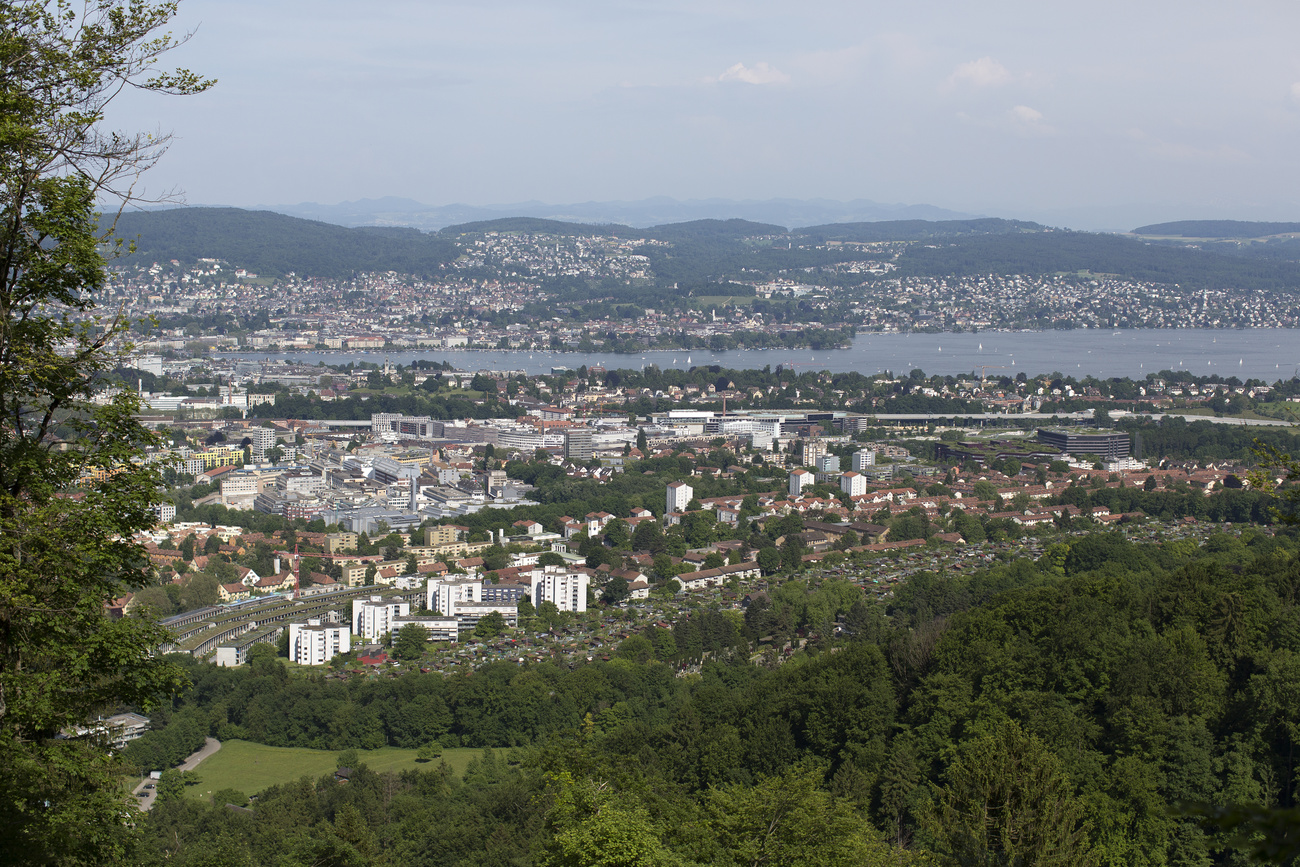
Translated from French by Domhnall O’Sullivan

In compliance with the JTI standards
More: SWI swissinfo.ch certified by the Journalism Trust Initiative





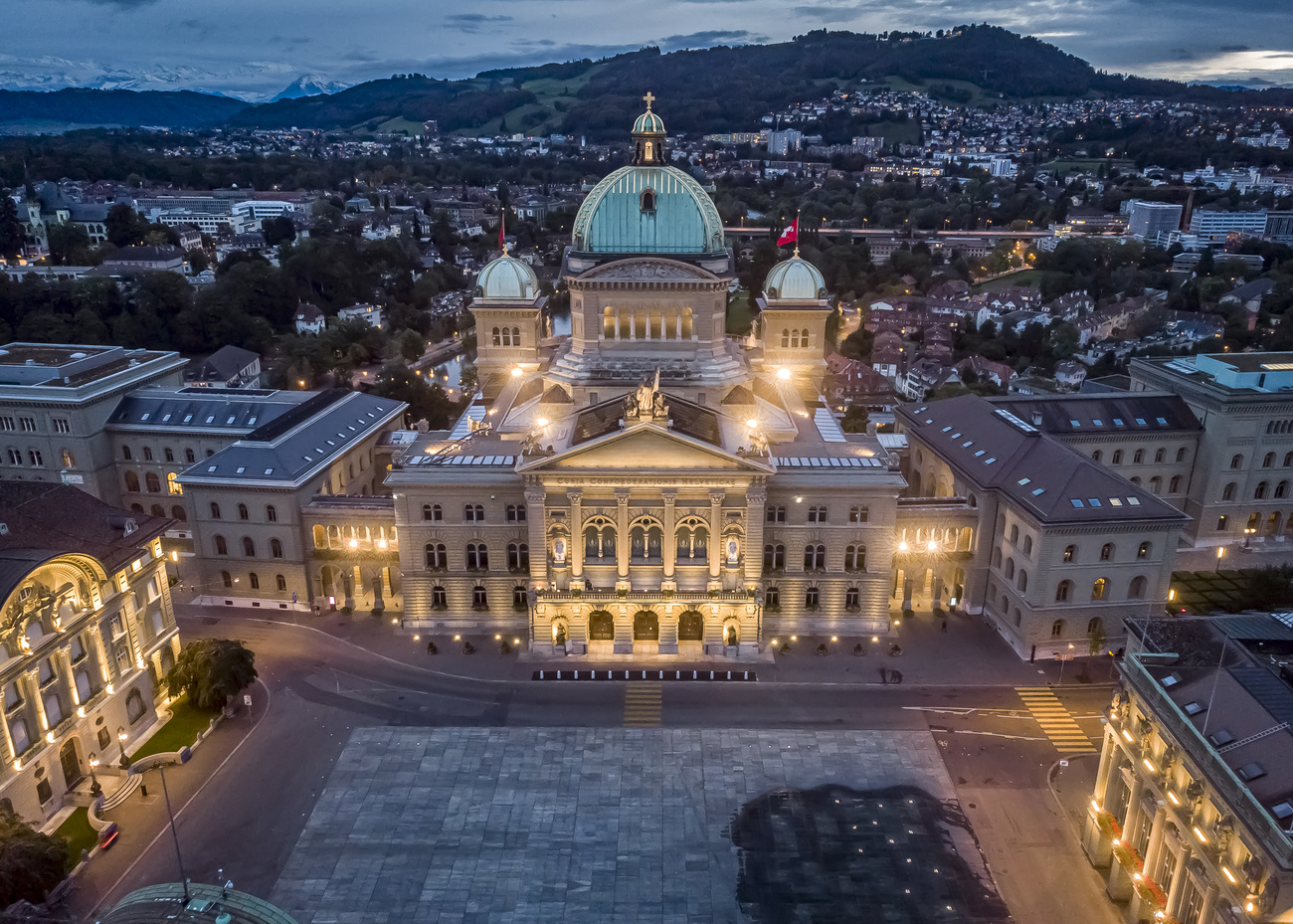








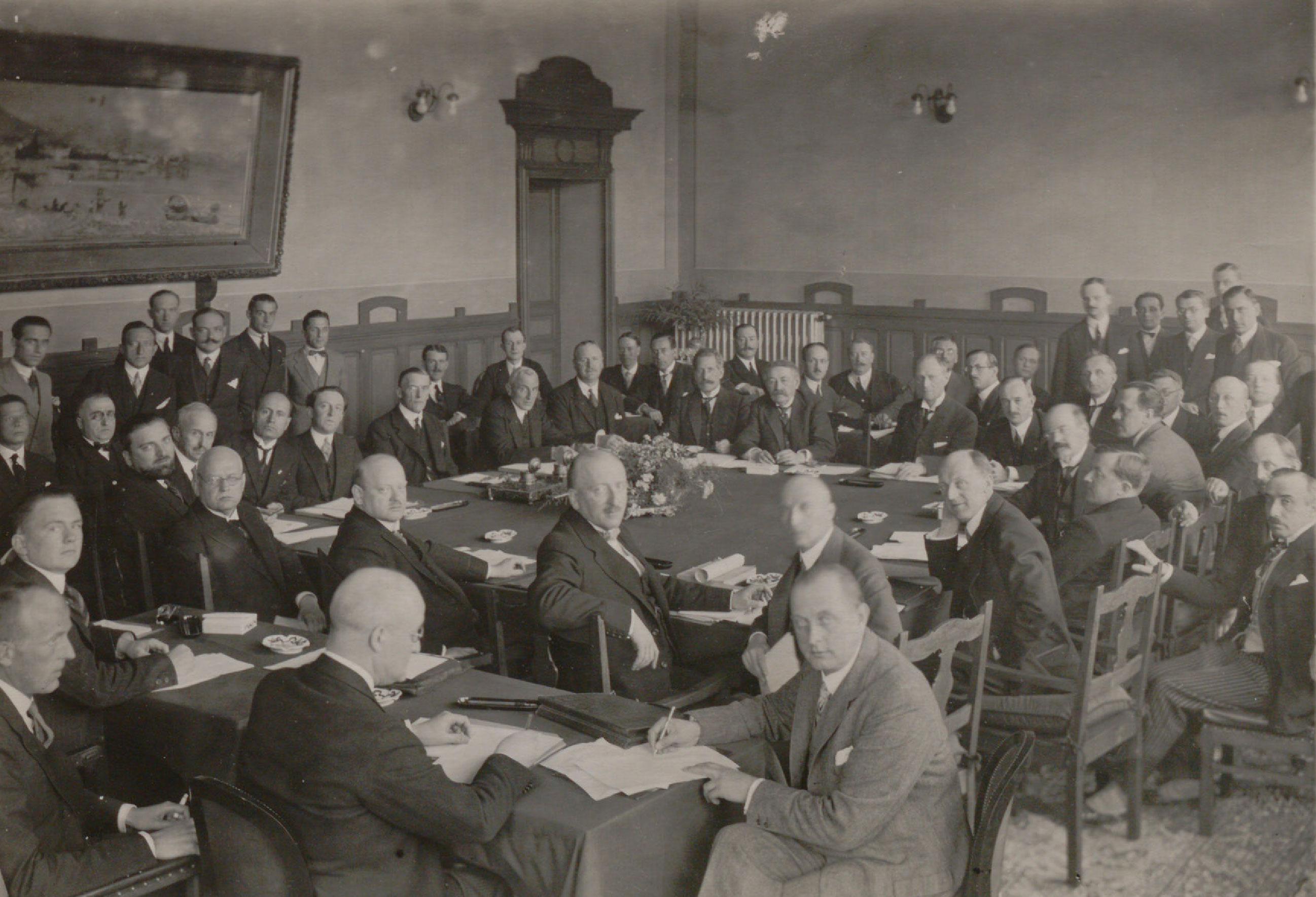





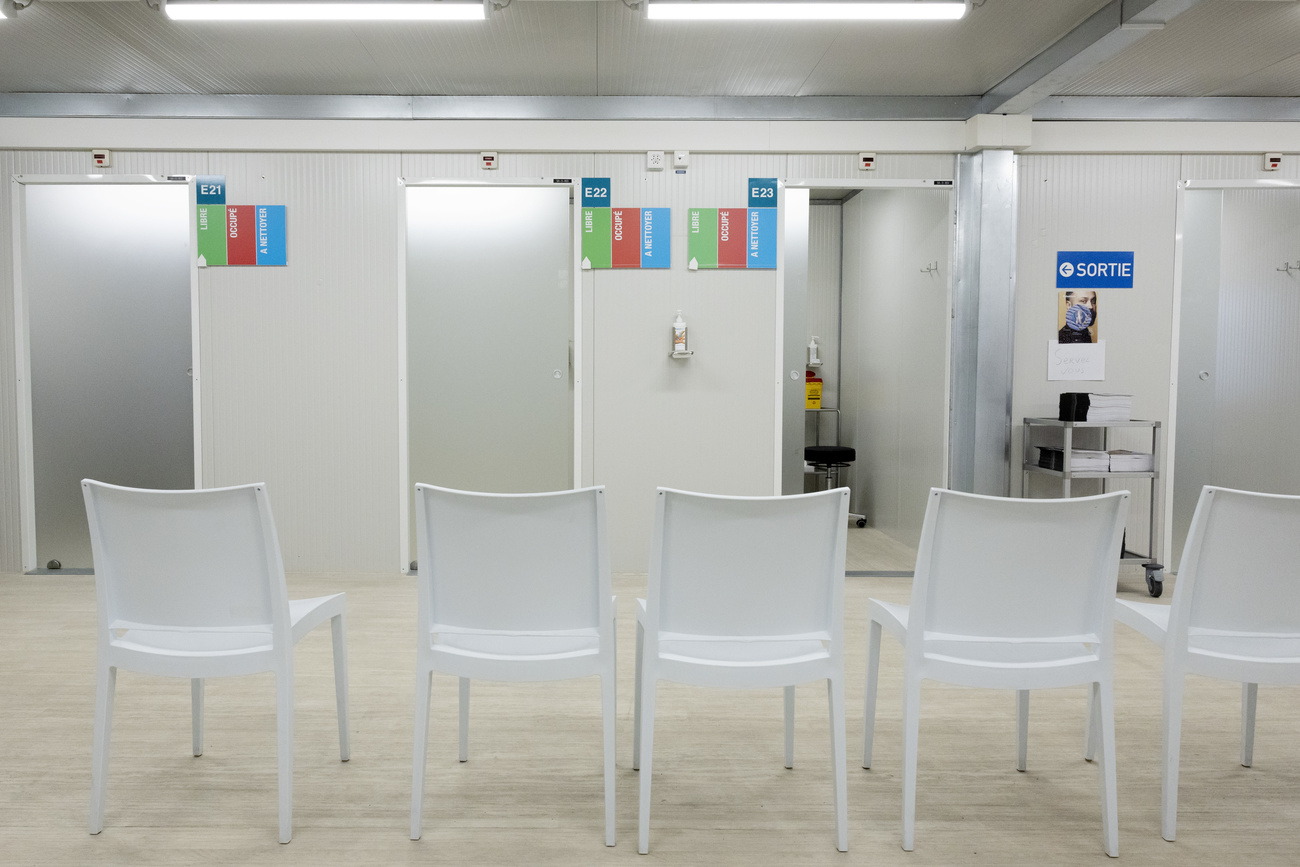


















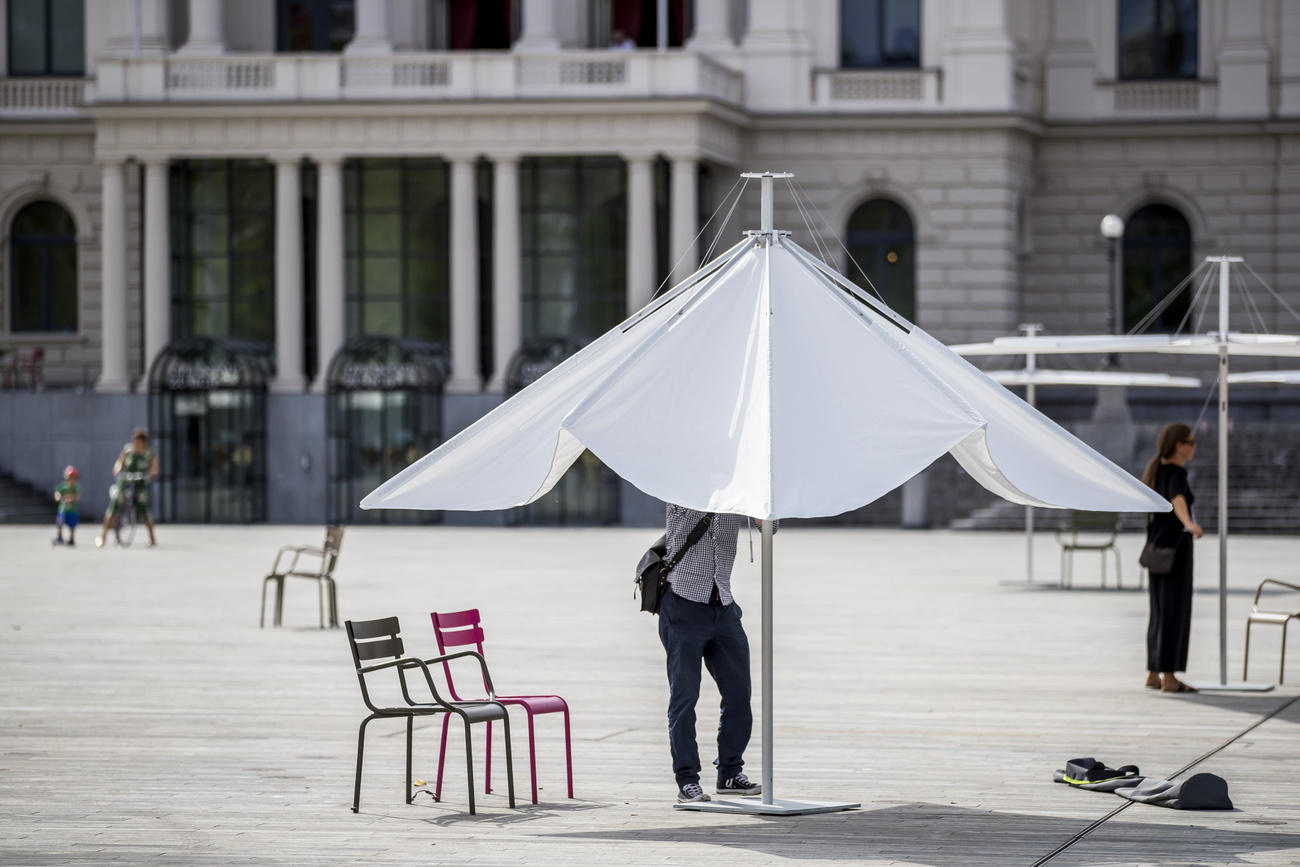
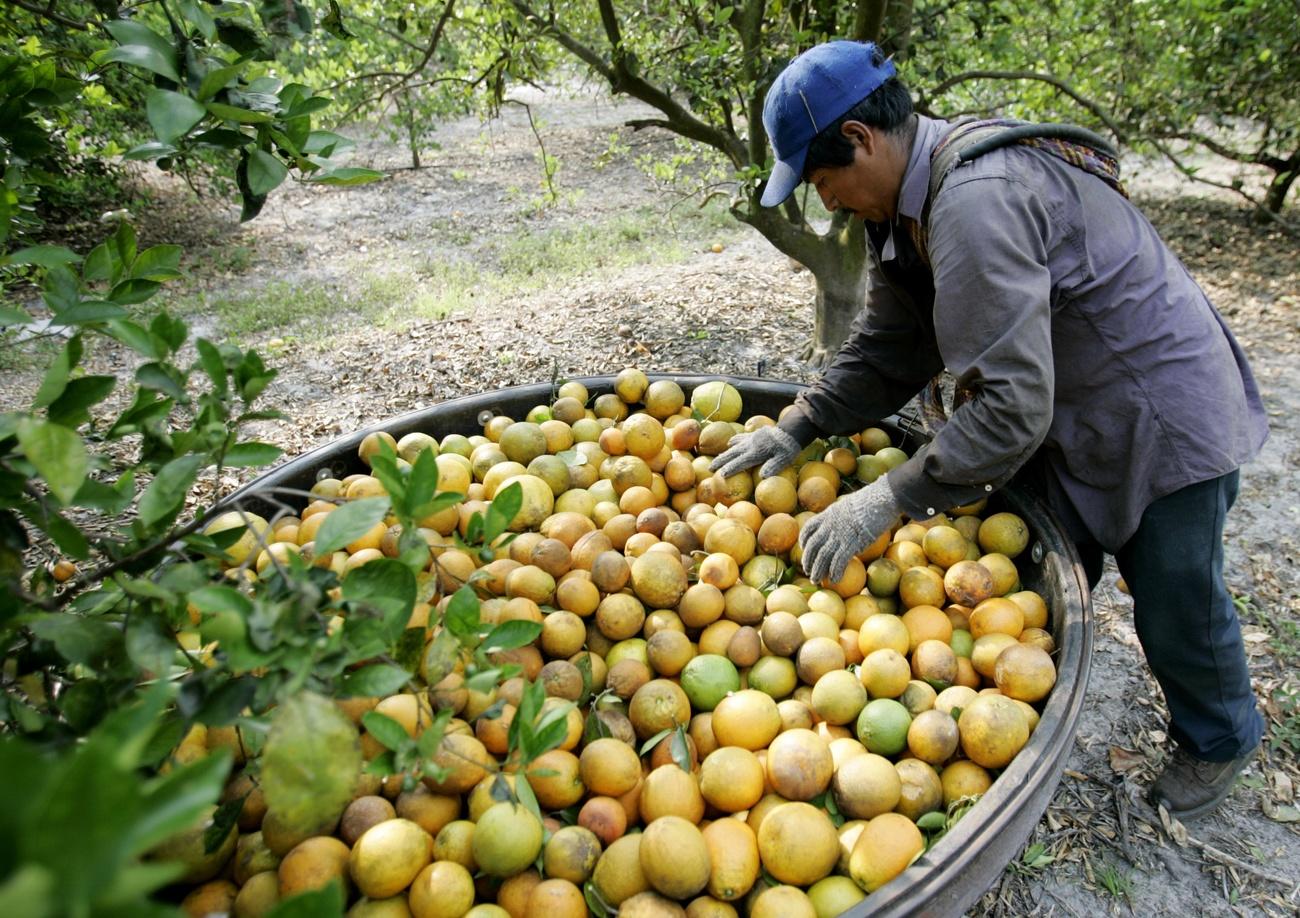
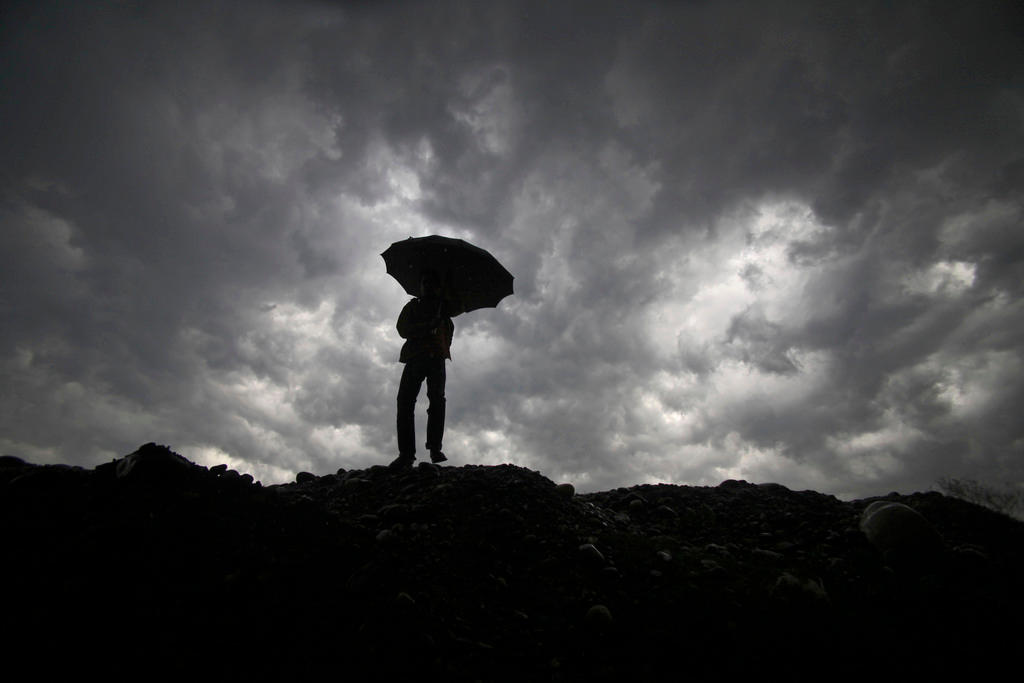
Join the conversation!